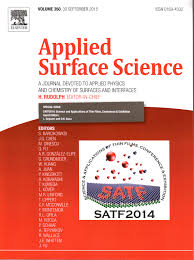TiO2 modified with monometallic (Au or Pt) and bimetallic (Au/Pt) nanoparticles have been prepared using a water-in-oil microemulsion system (water/AOT/cyclohexane) followed by calcination step. The effect of metal ratio, reducing agent type (NaBH4 or N2H4), TiO2 matrix type (P-25, ST-01, TiO-5, TiO2 nanotubes or TiO2 obtained by TIP hydrolysis) as well as calcination temperature (from 350 to 650 °C) were systematically investigated. Obtained photocatalysts were characterized by UV-vis diffuse-reflectance spectroscopy (DRS), BET surface area measurements, scanning transmission microscopy (STEM), X-ray diffraction analysis (XRD), and X-ray photoelectron spectroscopy (XPS). Photocatalytic activity under visible light (λ > 420 nm) has been estimated in phenol degradation reaction in aqueous phase. The results showed that phenol degradation rate under visible light in the presence of TiO2 loaded with Au/Pt nanoparticles differed from 0.7 to 2.2 μmol dm-3 min-1 for samples prepared using different reducing agent. Sodium borohydride (NaBH4) favors formation of smaller Au/Pt nanoparticles and higher amount gold in Au/Pt is in the form of electronegative species (Auδ-) resulted in higher photoactivity. TiO2 obtained by TIP hydrolysis in microemulsion system seems to be the best support for Au/Pt nanoparticles from all among investigated matrix. It was also observed that enhancement of calcination temperature from 450 to 650 °C resulted in rapid drop of Au/Pt-TiO2 photoactivity under visible light due to surface area shrinkage, crystal structure change and probably change in Au/Pt nanoparticles morphology.

